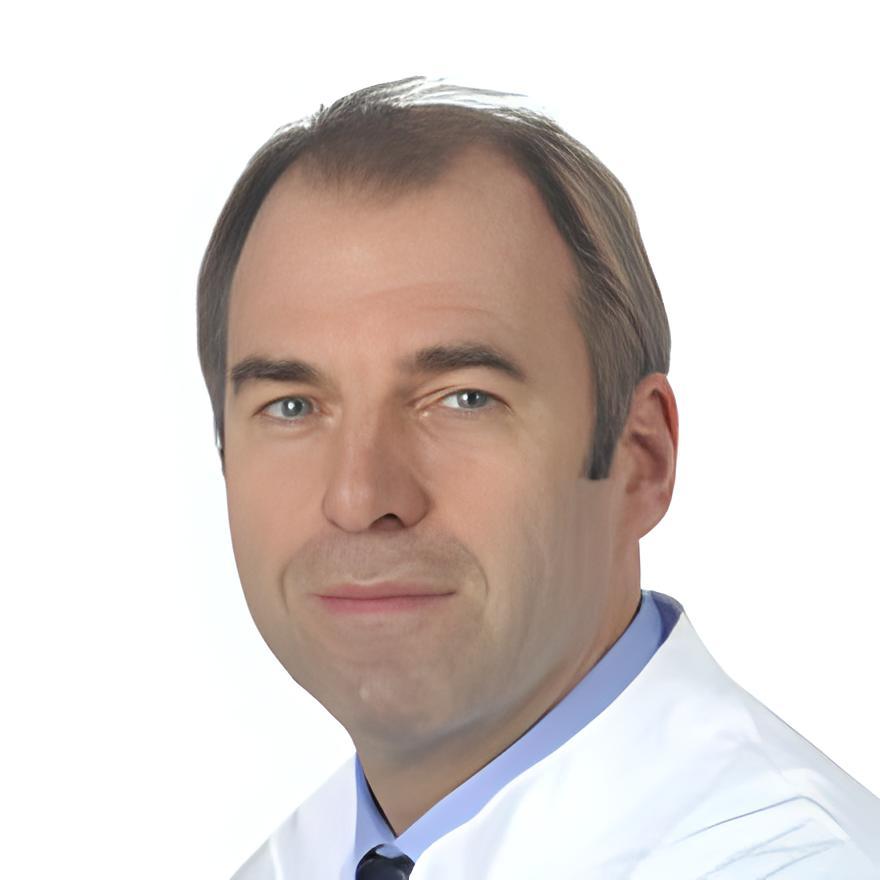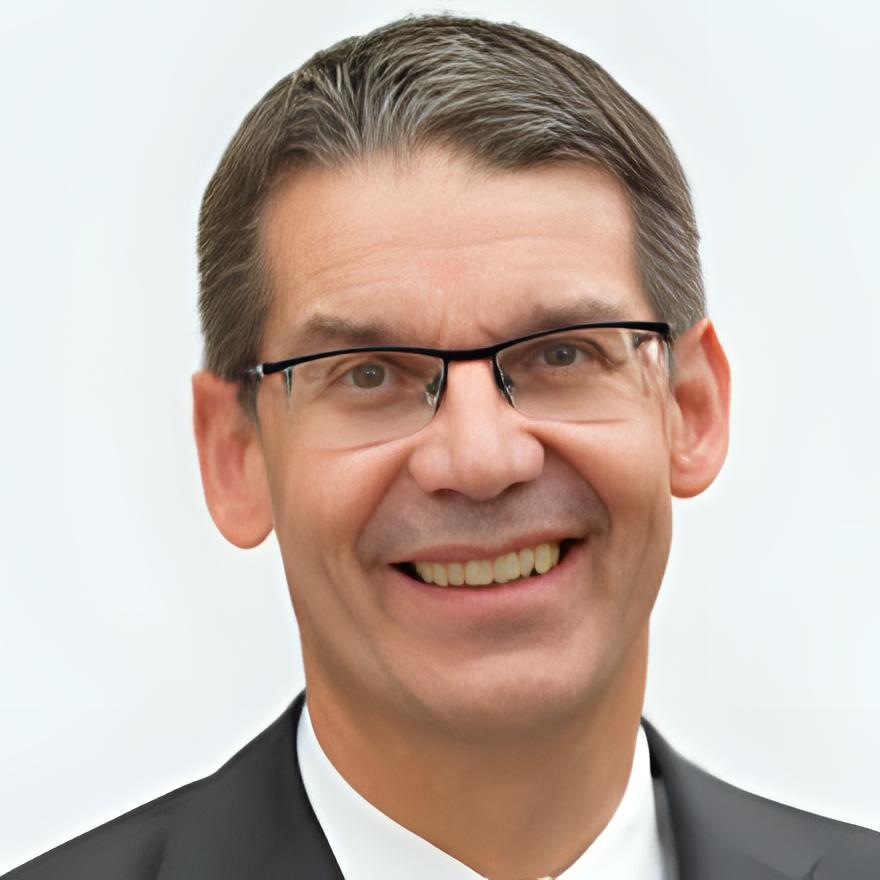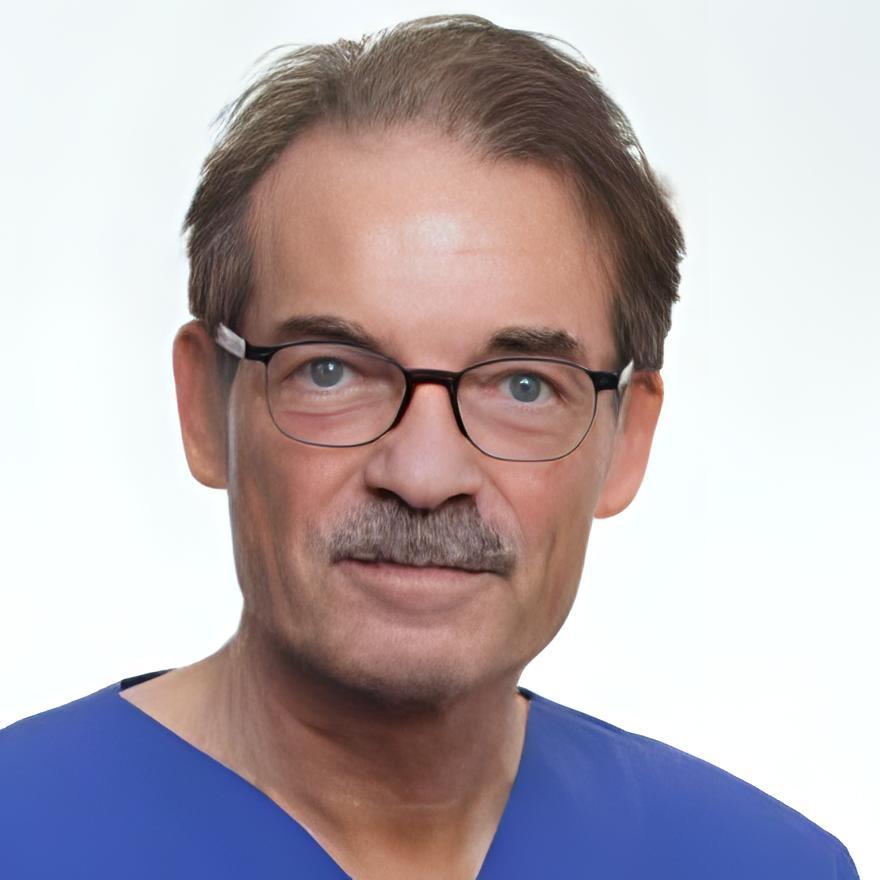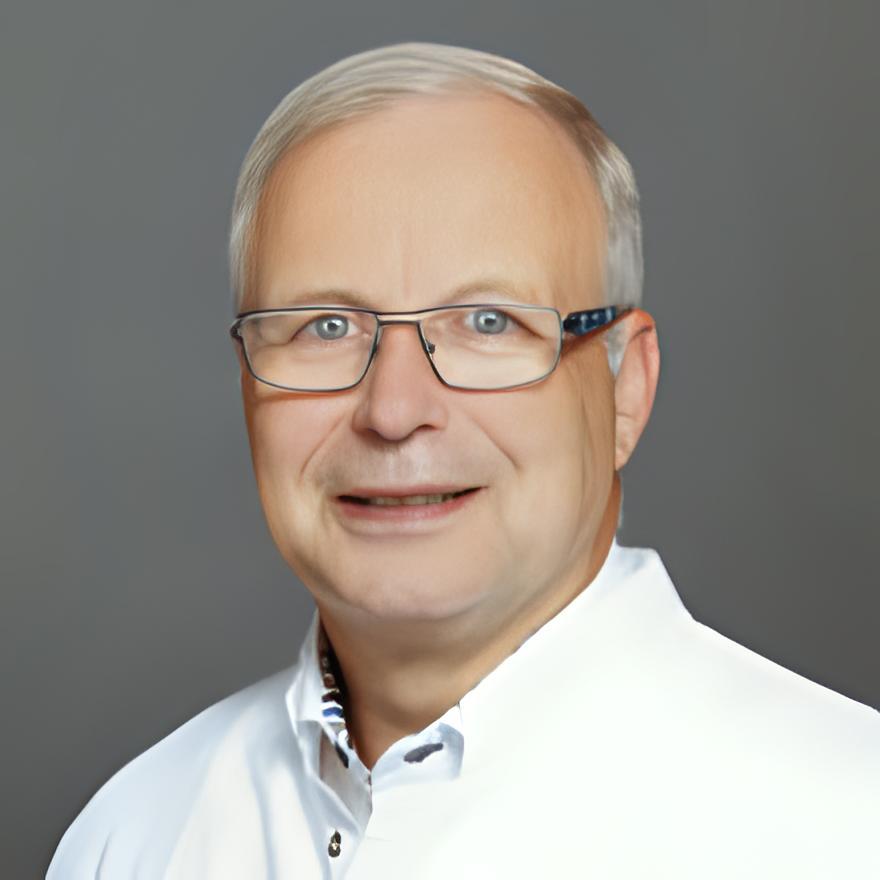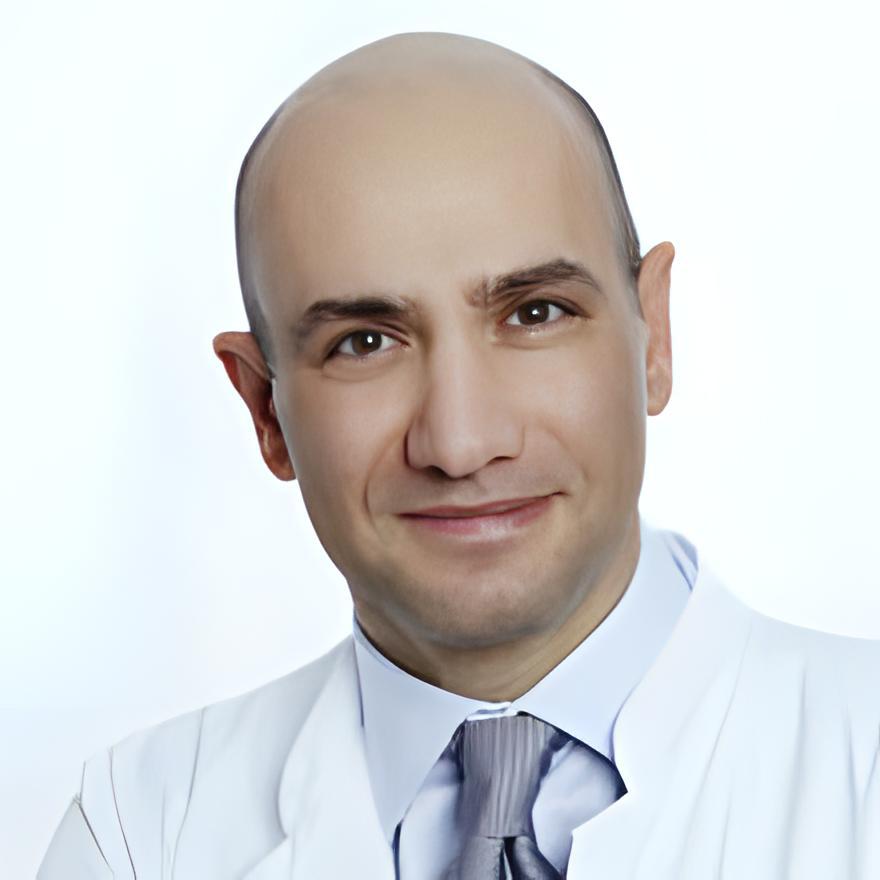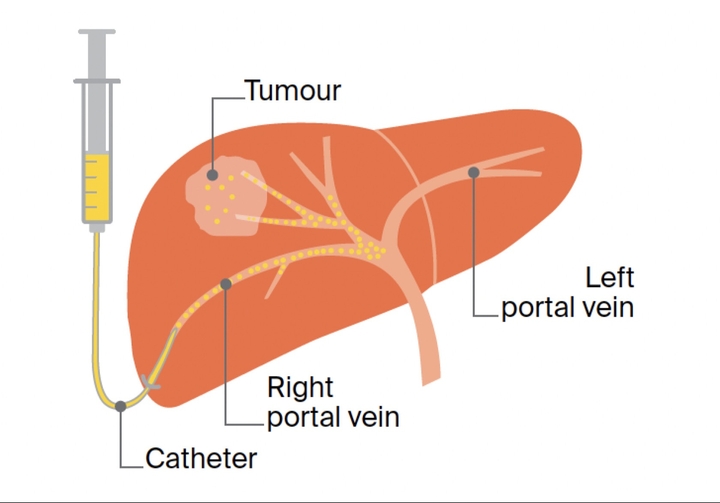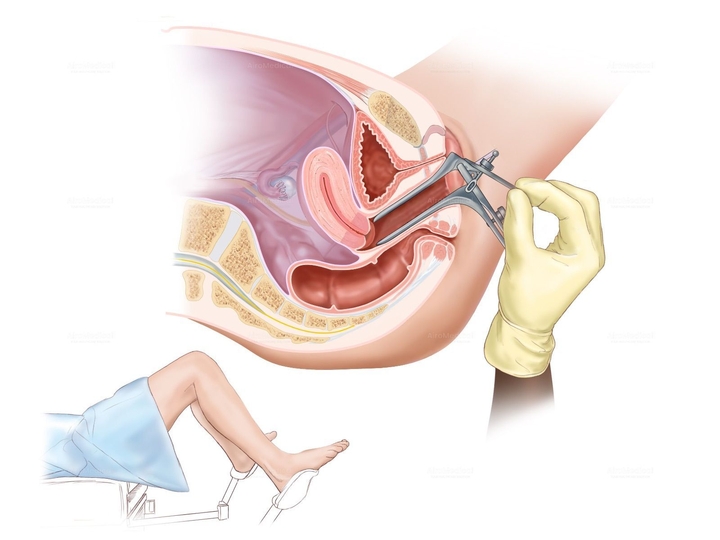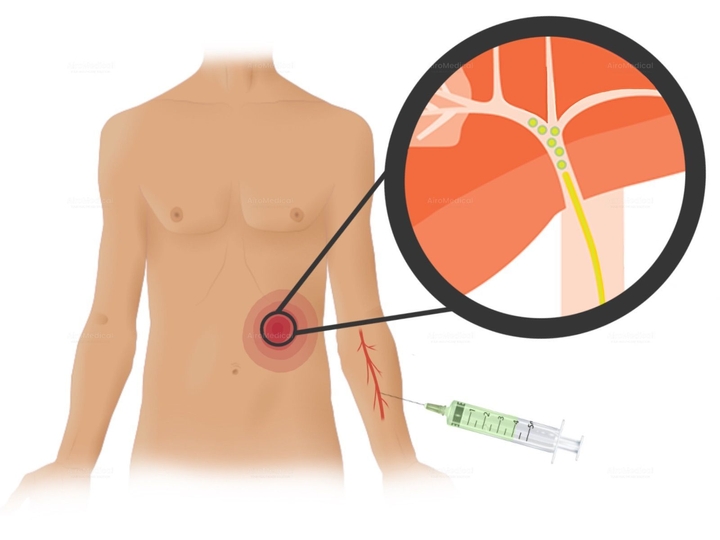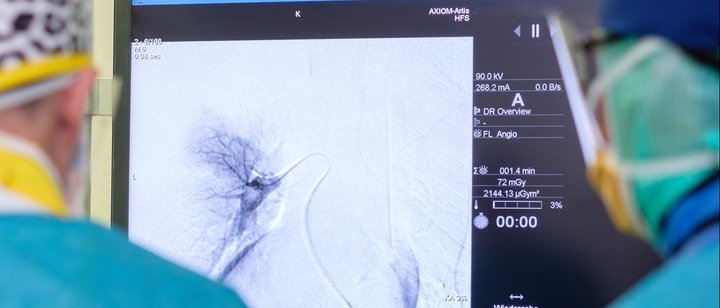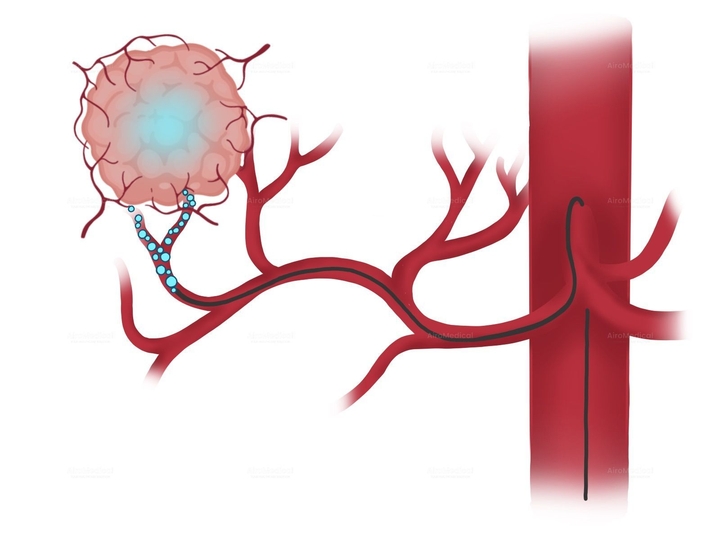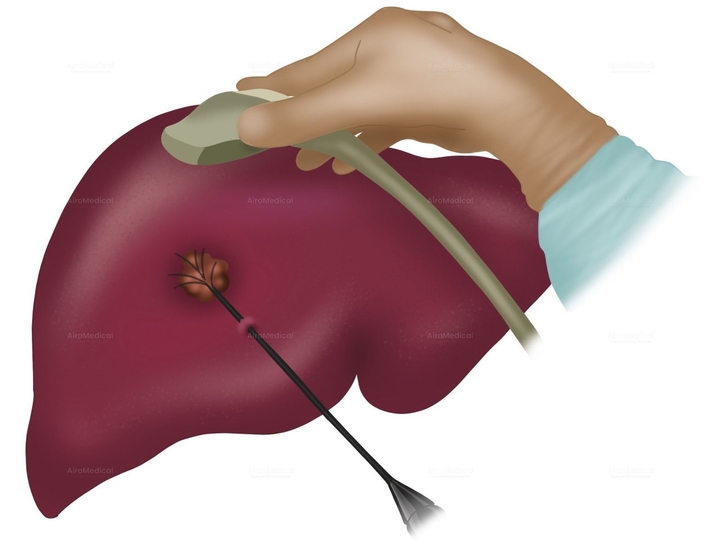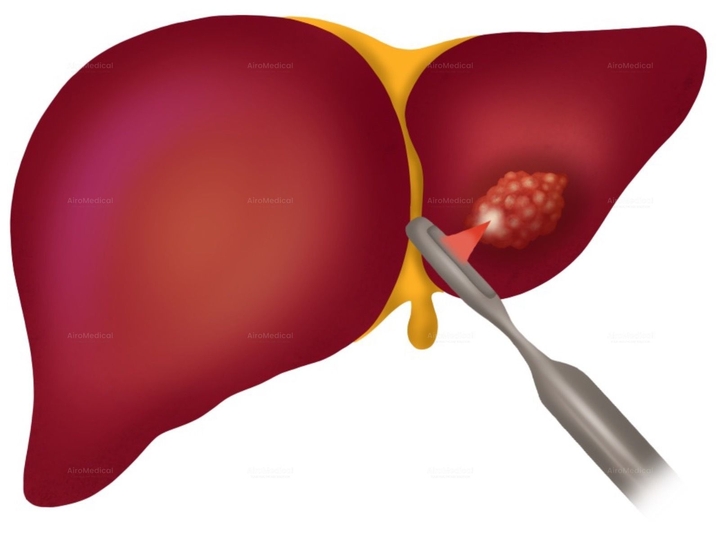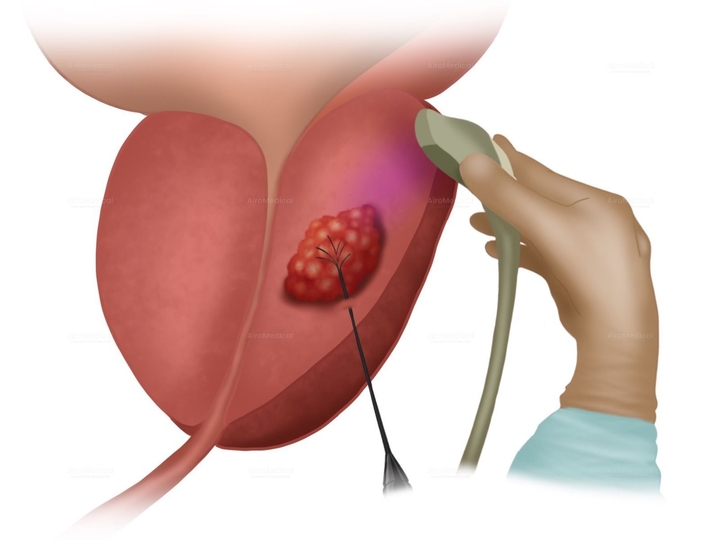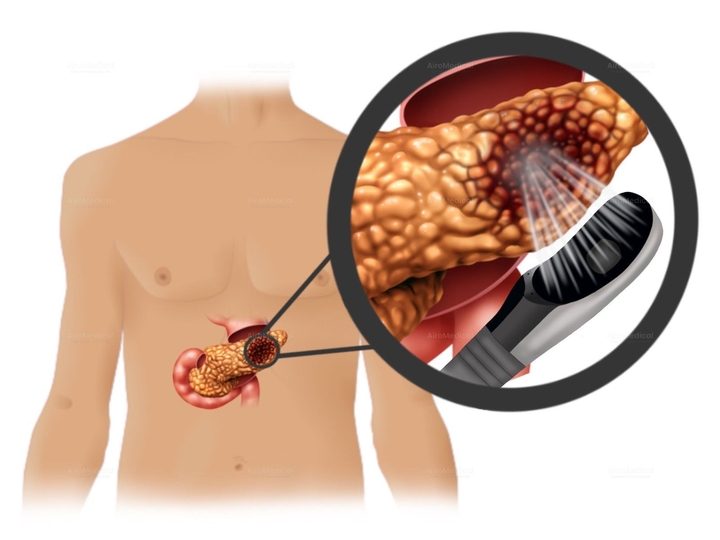LINX surgery Worldwide: Best Hospitals, Doctors, Options, & Cost
Update: Dec 20, 2025
Best hospitals for linx surgery worldwide
Top doctors for linx surgery worldwide
Top offers
How AiroMedical can help you
Global medical travel platform for searching and booking treatments.
FAQ
Who are the best doctors for LINX surgery?
Prof. Dr. med. Helmut Michael Friess from
University Hospital Rechts der Isar Munich
Prof. Dr. med. Jens Werner from
University Hospital Ludwig-Maximilians Munich
Dr. med. Niels Huschitt from
Academic Hospital Bundeswehr Berlin
Prof. Dr. med. Wolf Otto Bechstein from
University Hospital Frankfurt am Main
Prof. Dr. med. Jurgen Stein from
Academic Hospital Sachsenhausen Frankfurt am Main







